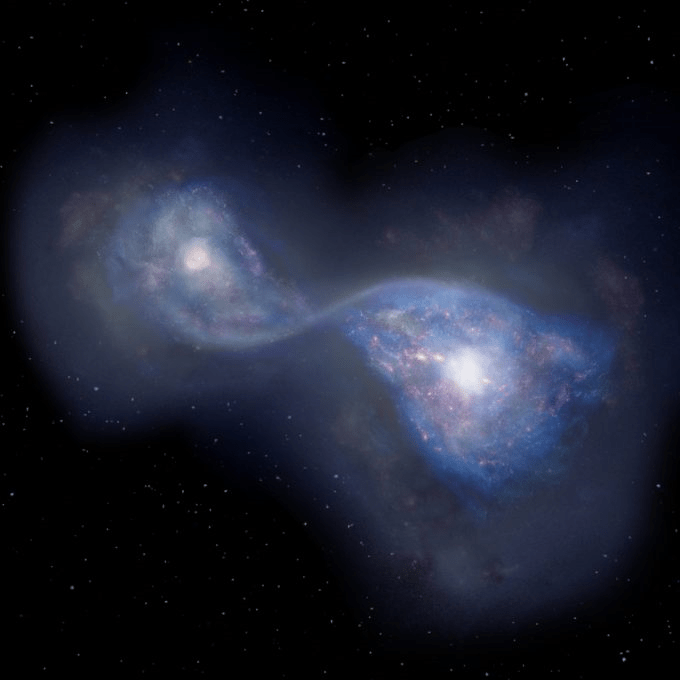Galaxy mergers are not particularly rare, but they are important events. Not only for the galaxies involved, but for scientists trying to piece together how galaxies evolve. Now, astronomers using ALMA have found the earliest example yet of merging galaxies.
Continue reading “The Earliest Example of Merging Galaxies Ever Found”Perfect Example of a Barred Spiral Galaxy, Seen Face On. This is What Our Milky Way Might Look Like

The Hubble Space Telescope has given us a beautiful image of the barred spiral galaxy NGC 7773. This is a classic galaxy of this type, and highlights the bright bar of concentrated stars that anchors the galaxy’s stately spiral arms. It was captured with the Hubble’s workhorse Wide Field Camera 3 (WFC3.)
Continue reading “Perfect Example of a Barred Spiral Galaxy, Seen Face On. This is What Our Milky Way Might Look Like”16 Years of Hubble Images Come Together in this one Picture Containing 265,000 Galaxies
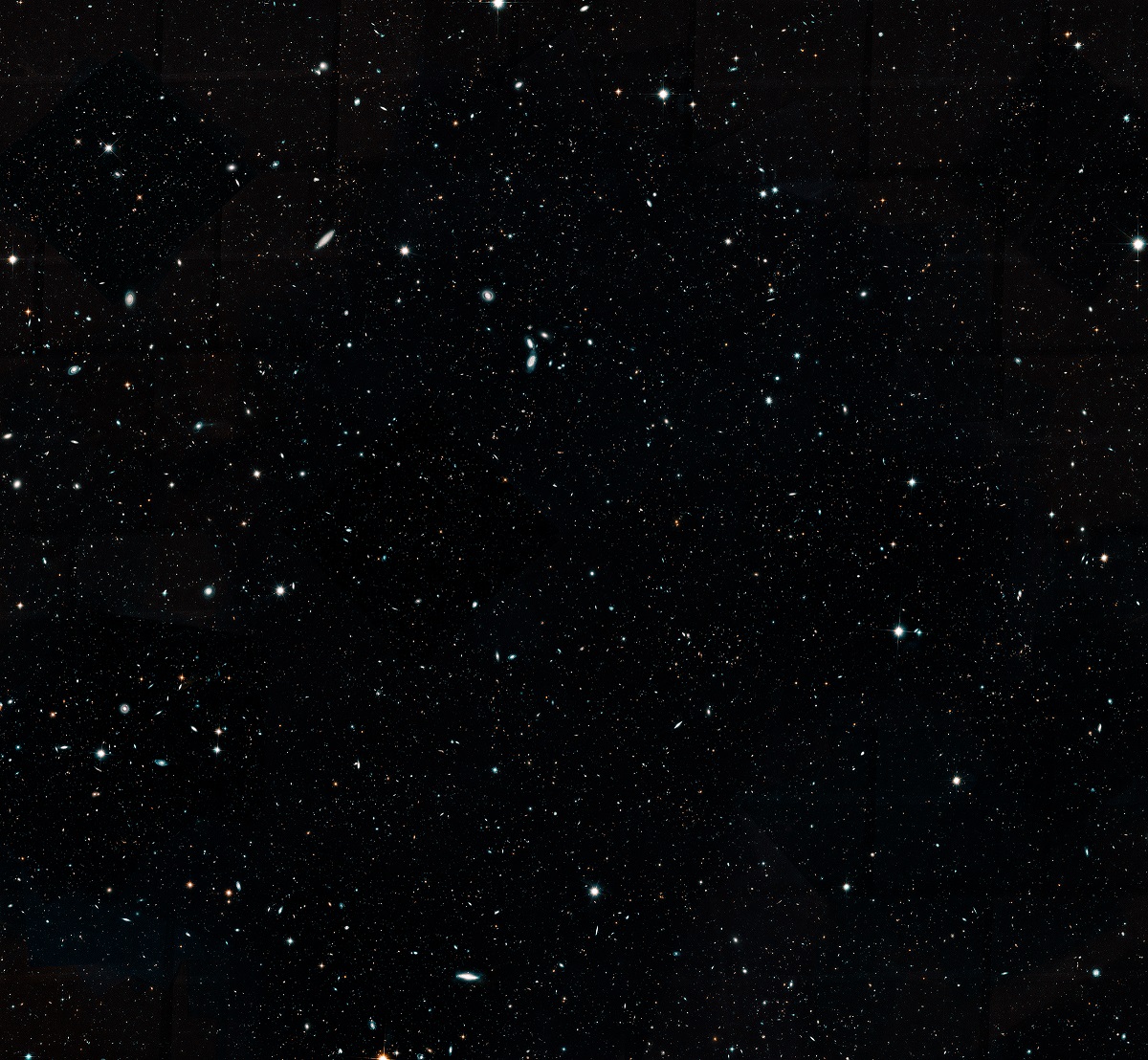
Even after almost three decades of faithful service, the Hubble Space Telescope continues to operate and provide breathtaking images of the cosmos. As one of NASA’s Great Observatories, its observations of distant galaxies, exoplanets, and the expansion of the Universe have had a revolutionary impact on astronomy, astrophysics and cosmology.
Hubble’s latest contribution comes in the form of a deep-sky mosaic image that was constructed using 16 years’ worth of observations. Known as the “Hubble Legacy Field“, this mosaic is being described as the largest and most comprehensive “history book” of galaxies. All told, it contains roughly 265,000 galaxies that date back to just 500 million years after the Big Bang.
Continue reading “16 Years of Hubble Images Come Together in this one Picture Containing 265,000 Galaxies”What Will the James Webb Space Telescope See? A Whole Bunch of Dust, That’s What
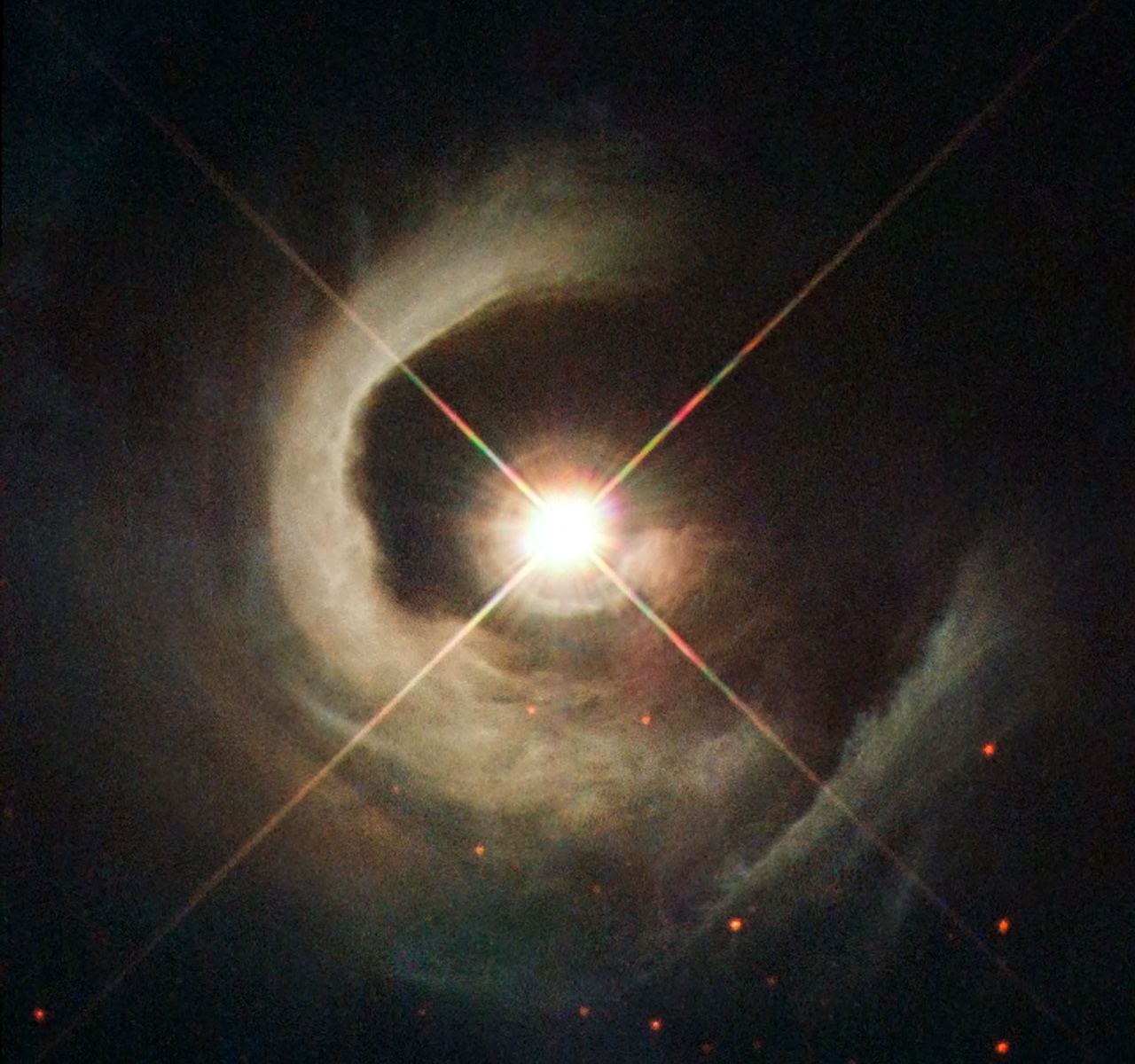
When it comes to the first galaxies, the James Webb Space Telescope will attempt to understand the formation of those galaxies and their link to the underlying dark matter. In case you didn’t know, most of the matter in our universe is invisible (a.k.a. “dark”), but its gravity binds everything together, including galaxies. So by studying galaxies – and especially their formation – we can get some hints as to how dark matter works. At least, that’s the hope. It turns out that astronomy is a little bit more complicated than that, and one of the major things we have to deal with when studying these distant galaxies is dust. A lot of dust.
That’s right: good old-fashioned dust. And thanks to some fancy simulations, we’re beginning to clear up the picture.
Continue reading “What Will the James Webb Space Telescope See? A Whole Bunch of Dust, That’s What”This is What It’ll Look Like When the Milky Way and Andromeda Galaxies Collide Billions of Years from Now

What happens when two galaxies collide? The Milky Way and the Andromeda Galaxy are on a collision course, and in about 4.5 billion years, they will meet. Now astronomers using the Hubble have provided some visual insight into what that collision might look like.
Continue reading “This is What It’ll Look Like When the Milky Way and Andromeda Galaxies Collide Billions of Years from Now”Massive Photons Could Explain Dark Matter, But Don’t
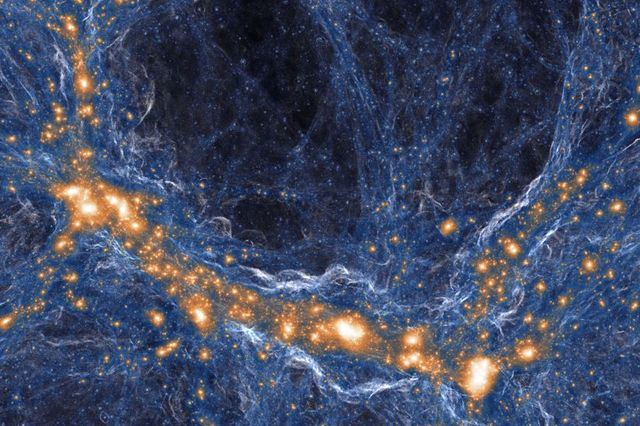
I’ll be the first to admit that we don’t understand dark matter. We do know for sure that something funny is going on at large scales in the universe (“large” here meaning at least as big as galaxies). In short, the numbers just aren’t adding up. For example, when we look at a galaxy and count up all the hot glowing bits like stars and gas and dust, we get a certain mass. When we use any other technique at all to measure the mass, we get a much higher number. So the natural conclusion is that not all the matter in the universe is all hot and glowy. Maybe some if it is, you know, dark.
But hold on. First we should check our math. Are we sure we’re not just getting some physics wrong?
Continue reading “Massive Photons Could Explain Dark Matter, But Don’t”Thanks to Gaia, We Now Know Exactly When We’ll be Colliding with Andromeda

Astronomers have known for some time that the Milky Way and the Andromeda galaxies will collide on some future date. The best guess for that rendezvous has been about 3.75 billion years from now. But now a new study based on Data Release 2 from the ESA’s Gaia mission is bringing some clarity to this future collision.
Continue reading “Thanks to Gaia, We Now Know Exactly When We’ll be Colliding with Andromeda”Check out this Amazing Picture of the Triangulum Galaxy by Hubble.

To the unaided eye, the Triangulum Galaxy is just a smudge in the night sky. But it’s a smudge that contains about 40 billion stars. It also contains some very active star-forming regions, which have attracted the eyes of astronomers.
The Triangulum has a couple other names: Messier 33 and NGC 598. But Triangulum is the easier name to remember. (It’s also sometimes called the “Pinwheel Galaxy.”) But whatever name you choose to call it, this Hubble image brings it to life.
Continue reading “Check out this Amazing Picture of the Triangulum Galaxy by Hubble.”New Research Reveals How Galaxies Stay Hot and Bothered
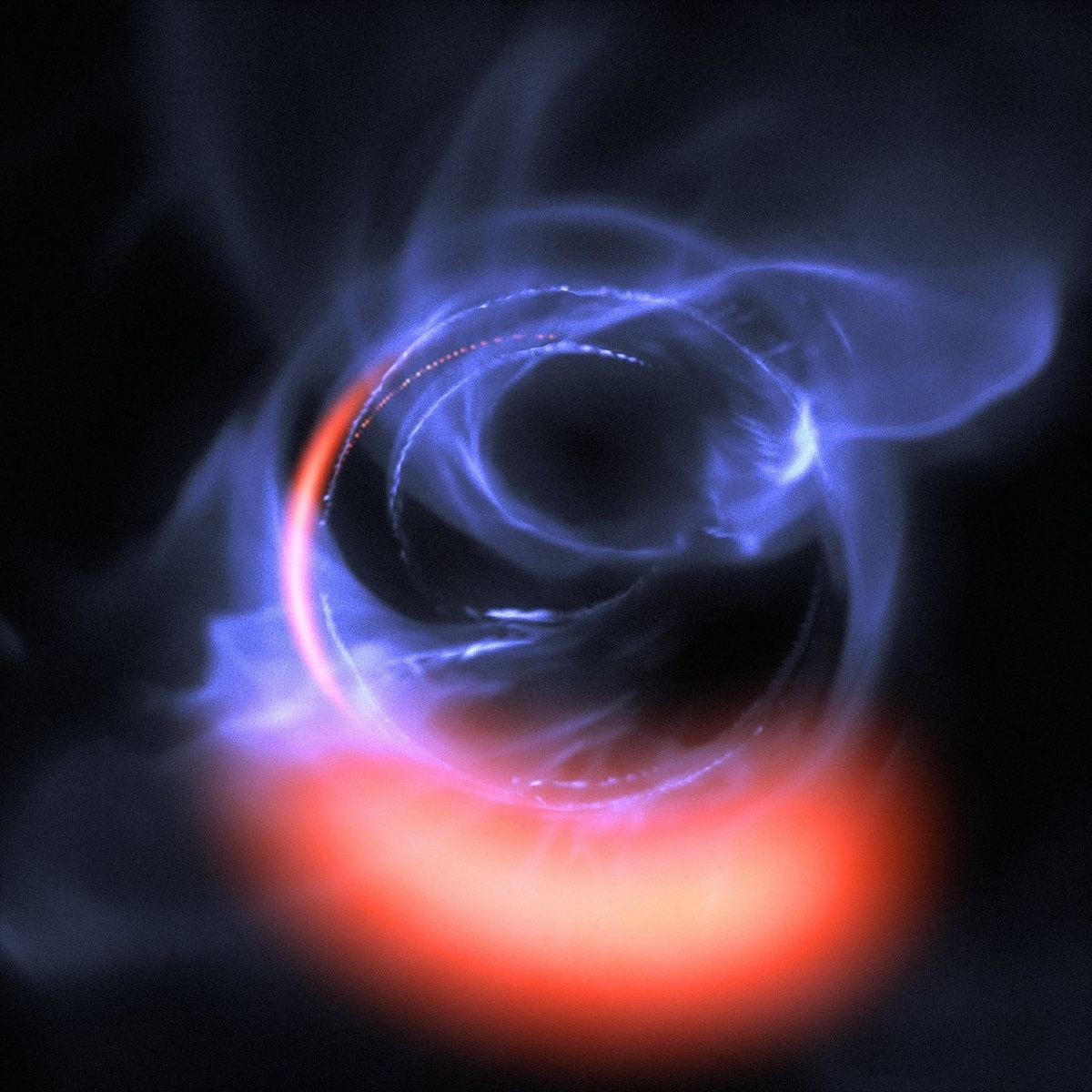
It’s relatively easy for galaxies to make stars. Start out with a bunch of random blobs of gas and dust. Typically those blobs will be pretty warm. To turn them into stars, you have to cool them off. By dumping all their heat in the form of radiation, they can compress. Dump more heat, compress more. Repeat for a million years or so.
Eventually pieces of the gas cloud shrink and shrink, compressing themselves into a tight little knots. If the densities inside those knots get high enough, they trigger nuclear fusion and voila: stars are born.
Continue reading “New Research Reveals How Galaxies Stay Hot and Bothered”
Gaia Spots an Enormous Ghost Galaxy Right Next Door that’s Being Dismantled by the Milky Way
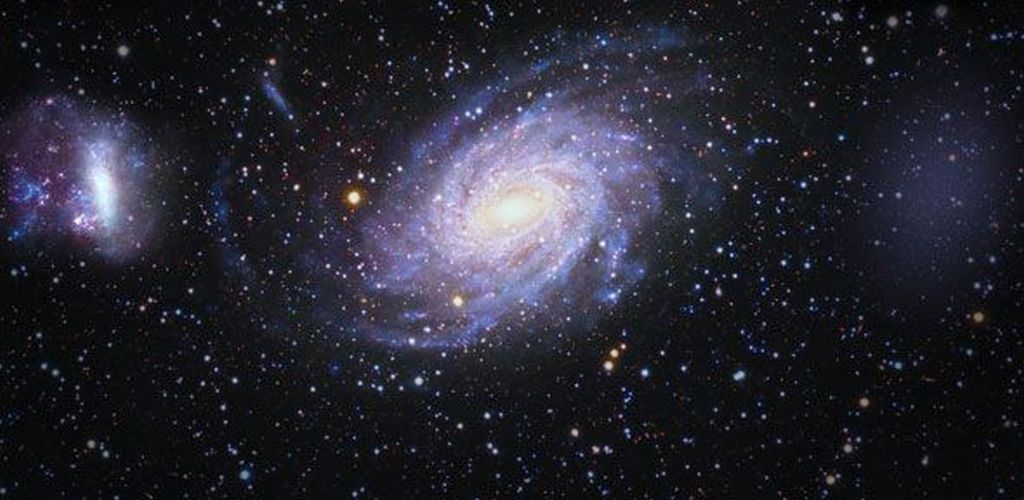
Astronomers combing through data from the ESA’s Gaia spacecraft have discovered what they’re calling a ghost galaxy. The galaxy, named Antlia 2 (Ant 2) is an extremely low-density dwarf galaxy that was formed in the early days of the universe. And it is being stripped of its mass by the tidal forces of the Milky Way.
Continue reading “Gaia Spots an Enormous Ghost Galaxy Right Next Door that’s Being Dismantled by the Milky Way”

